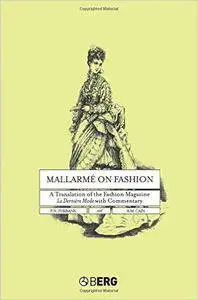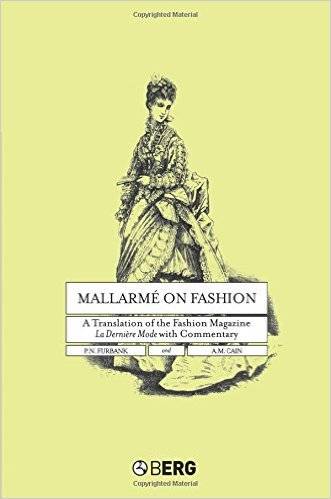center]Mallarmé on Fashion: A Translation of the Fashion Magazine La Dernière Mode, with Commentary by P. N. Furbank
English | July 2, 2004 | ISBN: 1859737234 | 230 Pages | PDF | 1 MB
In the later months of 1874, the great French poet, Stephane Mallarme, undertook a highly idiosyncratic project - the publication of a fashion magazine (La Derniere Mode) that he almost single-handedly wrote and edited. Using a variety of feminine and masculine pseudonyms to theorize about the concept of fashion and to report and advise on womens clothing, popular vacation destinations, home furnishings and entertainment, Mallarme created a spectacularly original work that lies somewhere between Baudelaires seminal treatment of fashion in his essay on modernity, The Painter of Modern Life, and The Fashion System, Barthes brilliant semiology of clothing in the latter twentieth century. But the distinguishing feature of Mallarms magazine, and what differentiates it from the writing of Baudelaire and Barthes, is that it explores the nature of fashion from the inside. It is a genuine fashion magazine aspiring to lead fashion, though at the same time, by ingenious and appealing ironies, subtly satirizing this whole genre of writing. Various theories have been entertained about the work in the past, such as its being a prose poem, or alternatively a hoax or a mere money-making venture, but the present translators, in their commentary, argue that such guesses are hopelessly off the mark.Complete with the original artwork and a contextualizing introduction and commentary, Furbank and Cains definitive translation of one of French literatures greatest puzzles and surprises represents a major contribution to students, critics, theoreticians, and intellectual historians alike.



